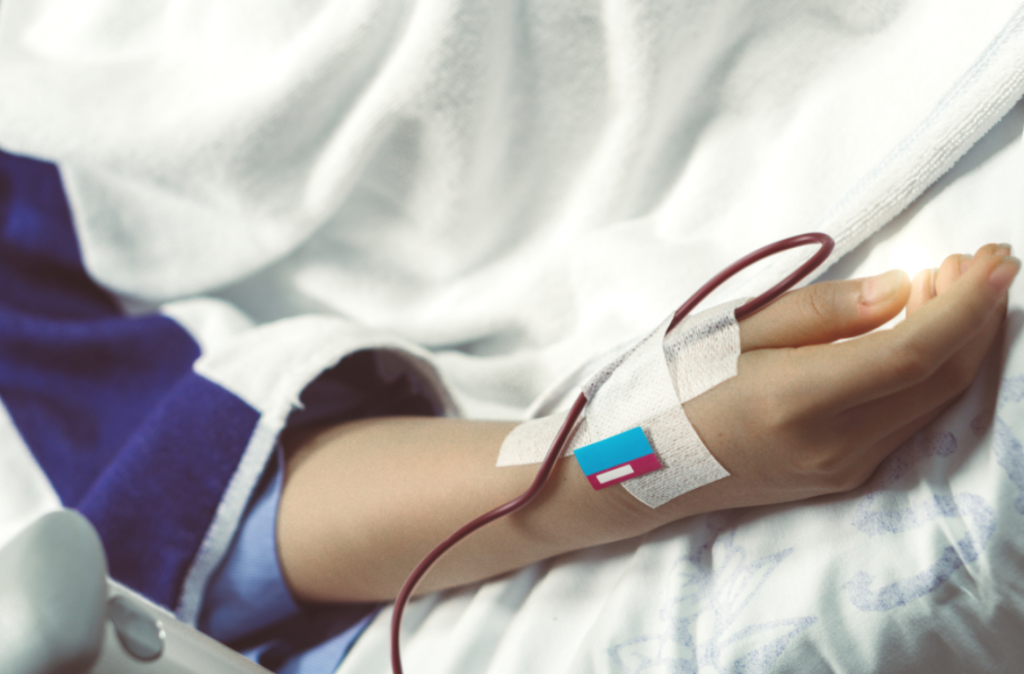Raising a child with Thalassaemia is not easy. It can be both devastating and rewarding. By having a child with Thalassaemia, you have to deal with many challenges and difficult situations. Even so, you will gain a lot of knowledge from dealing with the difficulties. Here are the five main things you should be aware of about Thalassaemia’s patient.
5 Key points Every Parent with Thalassaemia Should Know
- Thalassaemia describes a group of blood disorders that are caused by changes to the genes that control the production of haemoglobins in red blood cells.
- Thalassaemia is an inherited form of anaemia, which most commonly affects children in the Mediterranean, Africa and Asia.
- There are many different forms of Thalassaemia, and the degree of severity ranges from no symptoms at all to fatal disease.
- Thalassaemia Minor (Trait) – If you have Thalassaemia minor, you are a carrier of the disease and your red blood cells are smaller than normal, but you are healthy!
- Thalassaemia Major – Fatal! Thalassaemia major is divided into two:
- Alpha Thalassaemia: Die in infancy.
- Beta Thalassaemia: Require regular blood transfusions.
- Children with Thalassaemia may look pale, yellow discolouration of the skin, feeling weak and having shortness of breath.
- Children with Thalassaemia can be treated with stem cells found in a baby’s cord blood, which is why it is important to store once your baby is born.
My firstborn was diagnosed with Thalassaemia at only 1 year old,
Madam Zieti Atiyyah Zakaria and husband, Mr Mohd Hanis Hamdi shared the challenges and experience when they received the news of their first born was diagnosed with Thalassaemia.
Their first daughter, Puteri Lya Irdina, 9 years old, was first diagnosed with Thalassaemia major when she was 1 year old and 2 months.
At first, she got a bad fever and refused to breastfeed. My husband and I immediately brought her to the hospital. The doctor said that her haemoglobin is very low so she was treated in the ICU.
From there the doctor said that my daughter was diagnosed with Thalassaemia but still unsure of the severity of the disease. Soon after, she needs to do blood transfusion monthly. If she missed one, she will look pale and became weak.
Treat Thalassaemia with Cord Blood
Little did she know that Thalassaemia can be treated with stem cells in the cord blood. It is best to have one from a compatible donor; which is from the siblings. Madam Zieti heard of this and made some research. When she was pregnant with her second baby, she came across CryoCord, a premier stem cell bank in Malaysia.
I got to know about the importance of a baby’s cord blood; whereby it can help my first daughter. So we decided to store one from our second baby, Puteri Dya Eryna, in the hope that it can help her older sister. That is the best solution during that time,
Now, her first daughter is healthy and happy!
“Alhamdulillah, we are so happy with the treatment. All I want is to find any kind of solution or treatment to save Lya. And I was so happy the Almighty made it easy for us. The stem cell from the cord blood is the only treatment that could save her. She also went through all treatment and the process easily,”
Having to experience such a difficult moment, Madam Zieti urges all mothers to store your baby’s cord blood for the future. Even if it is not for the baby, it can help the other siblings. You never know when you really need it.
The Importance of Cord Blood Stem Cell
Cord blood stem cell has the potential to treat more than 80 different diseases. Families who have a history of genetic diseases such as Thalassaemia are especially encouraged to store their baby’s cord blood. Cord blood stem cell from a baby’s umbilical cord is a perfect match for the baby, and also high chance of match for the siblings. Cord blood banking can be a gift for our baby for their own future. Please do not hesitate to store your baby’s cord blood. It is only a one time opportunity and it is harmless!
About CryoCord
Established in 2002, CryoCord has progressively grown to become one of the largest and most comprehensive private stem cell facility in Southeast Asia. Housing 8 Grade B (ISO Class 5) cleanrooms, CryoCord’s advanced laboratory is certified to cGMP, PIC/S standard by NPRA (National Pharmaceutical Regulatory Agency), a division of the Ministry of Health, Malaysia.
The collection of cord blood with CryoCord is easy, simple, and painless. All you have to do is first, set an appointment with their consultant. Give a call to their 24-hour hotline, 1-800-88-3300 to fix an appointment.
Upon enrolment, you will receive a specially designed CryoCord collection kit for Cord Blood. It has to be kept in a cool and dry place. Don’t forget to inform your O&G doctor about your enrolment with CryoCord for collection of your baby’s Cord Blood. On your delivery day, don’t forget to bring along your Cord Blood collection kit to the hospital. Last but not least, just give a call to the 24-hour hotline to notify your admission, at any time of the day!
For more information, kindly visit CryoCord website, or give a call to make an appointment at 1-800-88-3300.
Website: CryoCord Sdn Bhd
Facebook: @CryoCord
Instagram: @cryocord.malaysia
24-Hour Hotline: 1-800-88-3300
This article is published for CryoCord Sdn Bhd.
